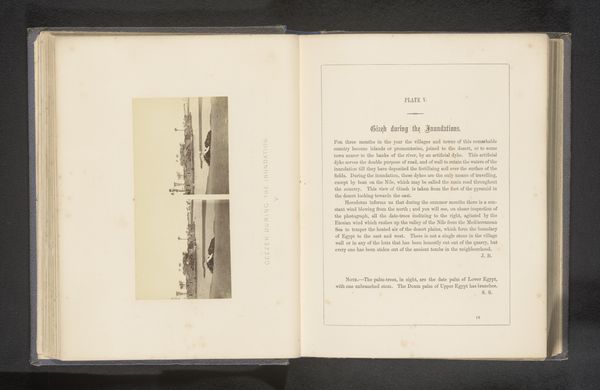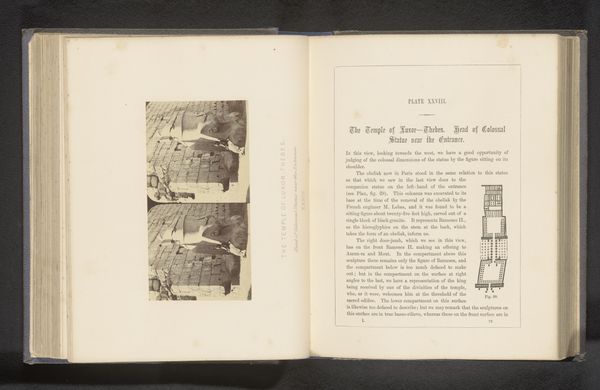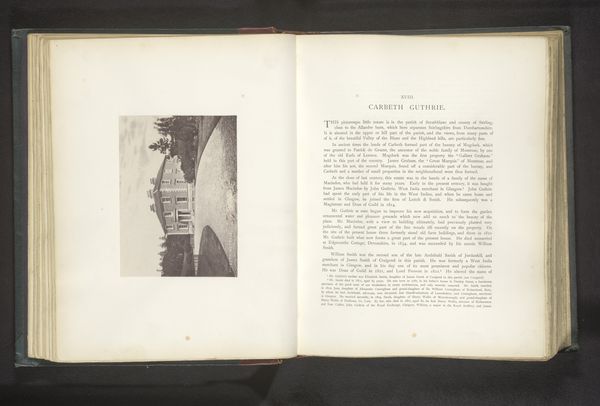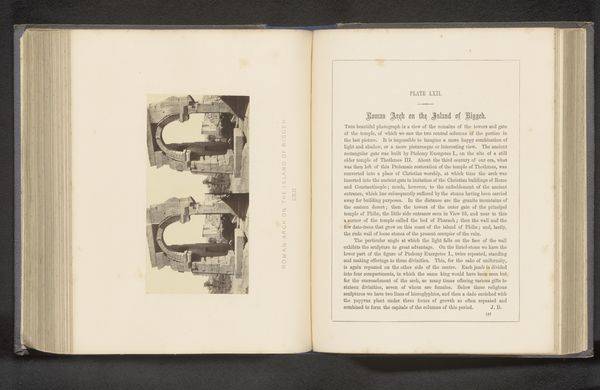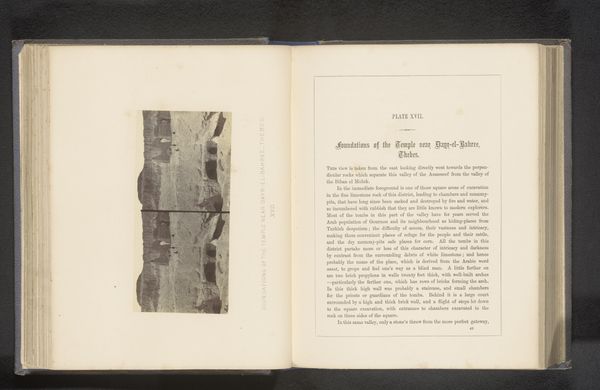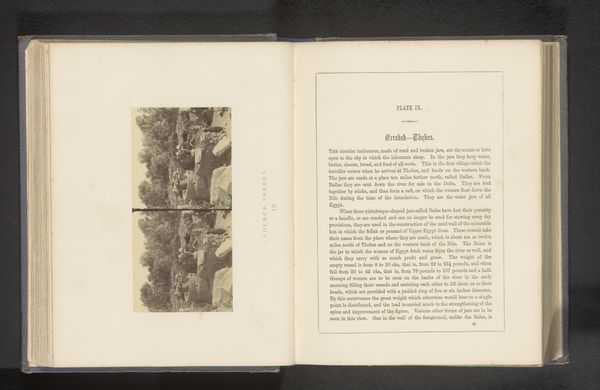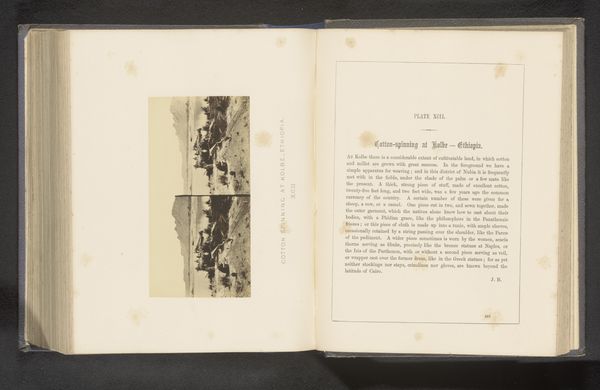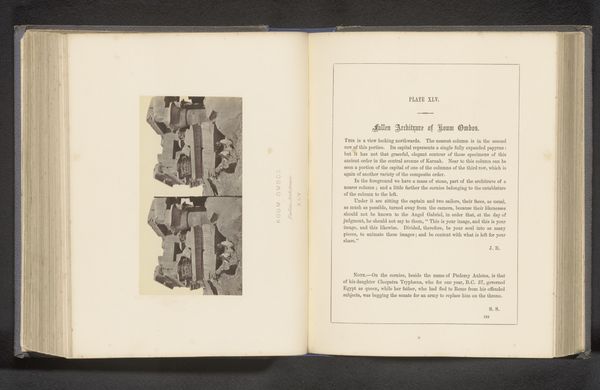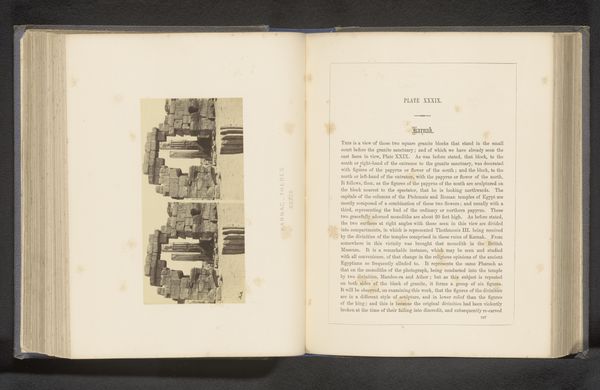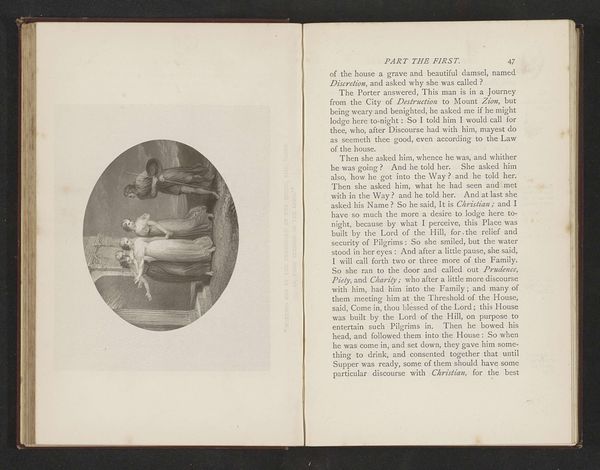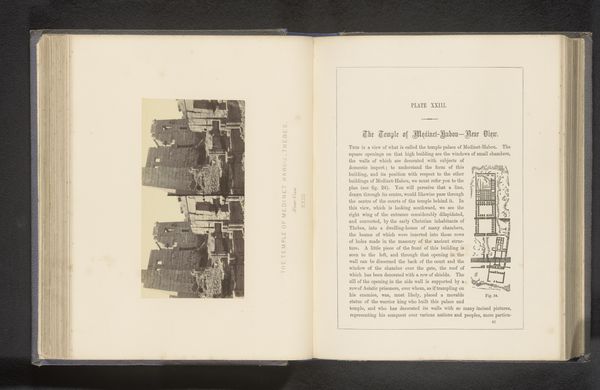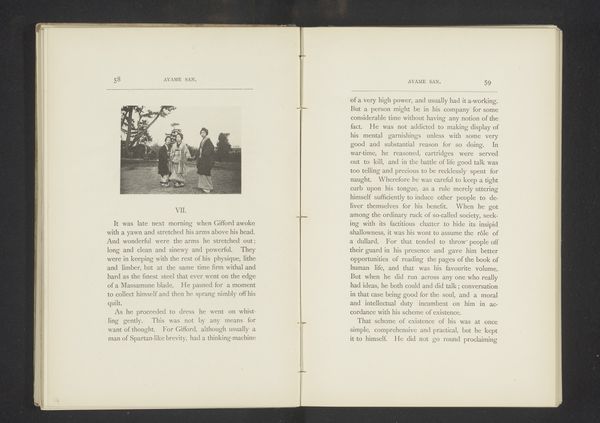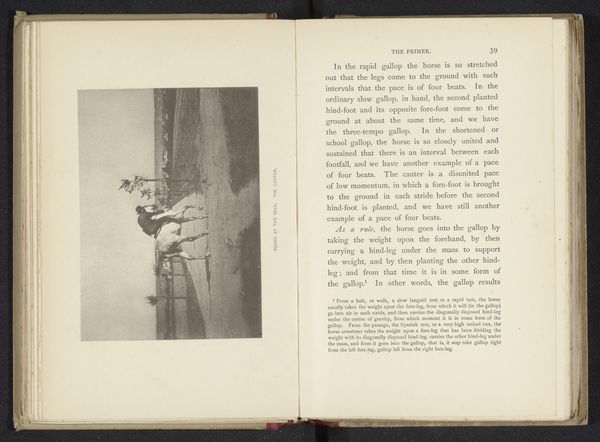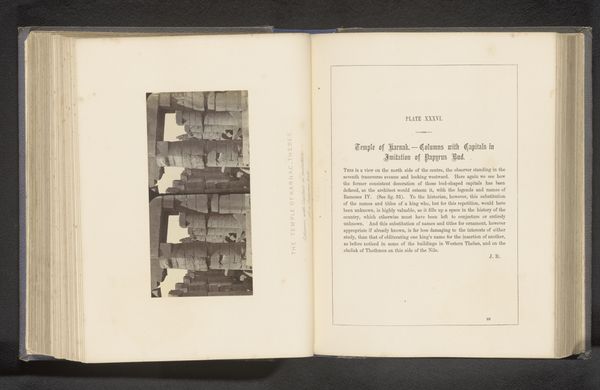
print, photography, gelatin-silver-print
# print
#
landscape
#
photography
#
ancient-mediterranean
#
orientalism
#
gelatin-silver-print
Dimensions: height 72 mm, width 144 mm
Copyright: Rijks Museum: Open Domain
This stereoscopic photograph, “Gezicht op Assioet”, was produced by Francis Frith sometime in the mid-19th century, using a process called albumen print. This was a popular method at the time, involving coating paper with egg whites and silver nitrate to create a light-sensitive surface. The albumen print was a key technology in the 19th century, driven by the demand for photographic images from around the globe. Its popularity depended on the industrial production of photographic materials and the global distribution networks that were emerging at the time. The process also required skilled labor, both in the preparation of the materials and in the taking and printing of the photographs themselves. Frith’s images catered to a growing market for exotic views, fueling a desire for exploration and knowledge of distant lands. The making of these images involved significant resources and labor, reflecting the economic and social structures of the time. Paying attention to these factors helps us fully understand the cultural significance of these works, highlighting photography's place within the history of both art and industry.
Comments
No comments
Be the first to comment and join the conversation on the ultimate creative platform.
